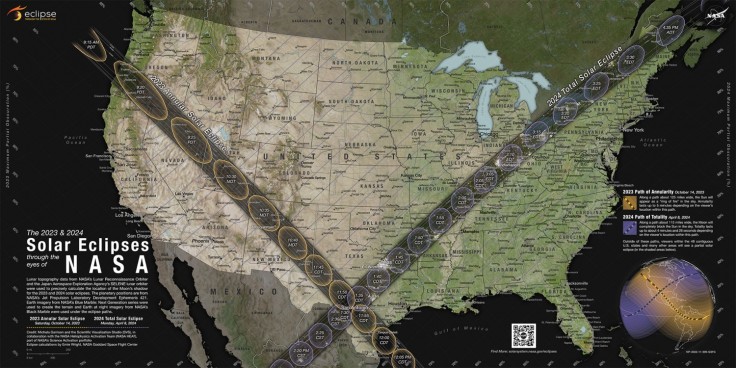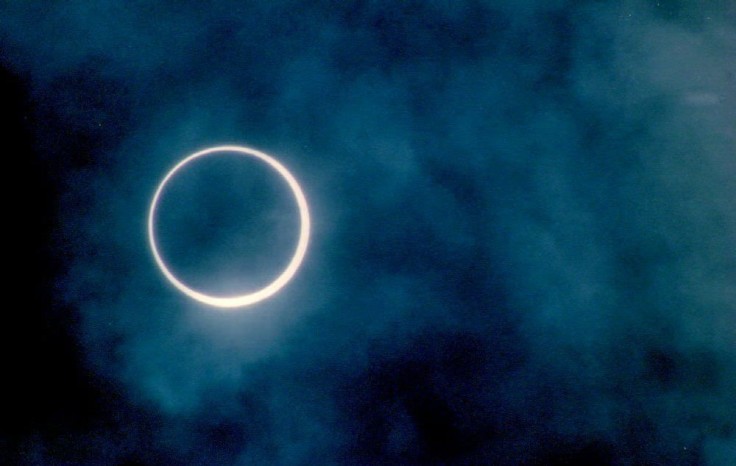Parts of the US will soon get front-row seats for an incredible celestial event.
An annular solar eclipse is expected to occur a month from now, giving people in eight US states the chance to see a "ring of fire" in the sky.
The upcoming eclipse is also viewable in other countries, though people in them may find their viewing experience will vary.
October Annular Solar Eclipse Details
A recent CNET report highlighted that a solar eclipse is expected to happen on Oct. 14 and that parts of Oregon, California, Nevada, Utah, Arizona, Colorado, New Mexico, and Texas can have an annular solar eclipse.
NASA mentioned in its report about the eclipse that the annular solar eclipse will begin in Oregon at 9:13 AM PDT and end in Texas at 12:03 PM CDT. With this path, people in the previously mentioned states can view the annular solar eclipse in 30 national park units, per the National Parks Service (NPS).

These parks include Oregon's Crater Lake National Park Utah's Capitol Reef National Park, and Ripple Rock Nature Center. Those in Southern Utah who can't reach their nearest park can watch the annular solar eclipse happen at Bryce Canyon, Glen Canyon, Grand Staircase Escalante, Bears Ears, Canyonlands, Natural Bridges, and Rainbow Bridge.
Those attending the Albuquerque International Balloon Festival can also see the annular solar eclipse happen during its nine-day celebration - from Oct. 7 to Oct. 15. Anyone in the US can see the annular solar eclipse happen as long as they are within the 125-mile path of annularity, with those closest to the path's center getting a longer viewing time of the eclipse.
The NPS' website features a map from NASA showing where this path will be in the US. Additionally, parts of Mexico, as well as many parts of South and Central America, will also see an annular solar eclipse like in the previously mentioned US states.
What Is An Annular Solar Eclipse

For those unaware, an annular solar eclipse is a type of solar eclipse that only happens when the Moon is too far away from Earth when it comes between it and the Sun. Because of the Moon's distance from Earth, it couldn't block out the Sun's light entirely, forming a "ring of fire" in the sky.
By contrast, a total solar eclipse is when the Moon is close enough to Earth for it to block out the Sun's light, bringing darkness to the places under its shadow. Nevertheless, viewing an annular solar eclipse with the naked eye must be avoided at all costs - doing so will burn anyone's eyes, causing permanent damage or blindness due to the intensity of the Sun's light during the event.

Using proper eye protection, such as safe solar viewing glasses or a safe handheld solar viewer, to view a total or annular solar eclipse at all times is advised, according to NASA. Damaged ones, whether they're torn, scratched, or generally damaged, must be replaced before viewing a total or annular solar eclipse.
While sunglasses look similar to these protective eyewear, they are not safe to use for viewing the Sun during a solar eclipse. Safe solar viewers are thousands of times darker and must comply with the ISO 12312-2 international standard.









